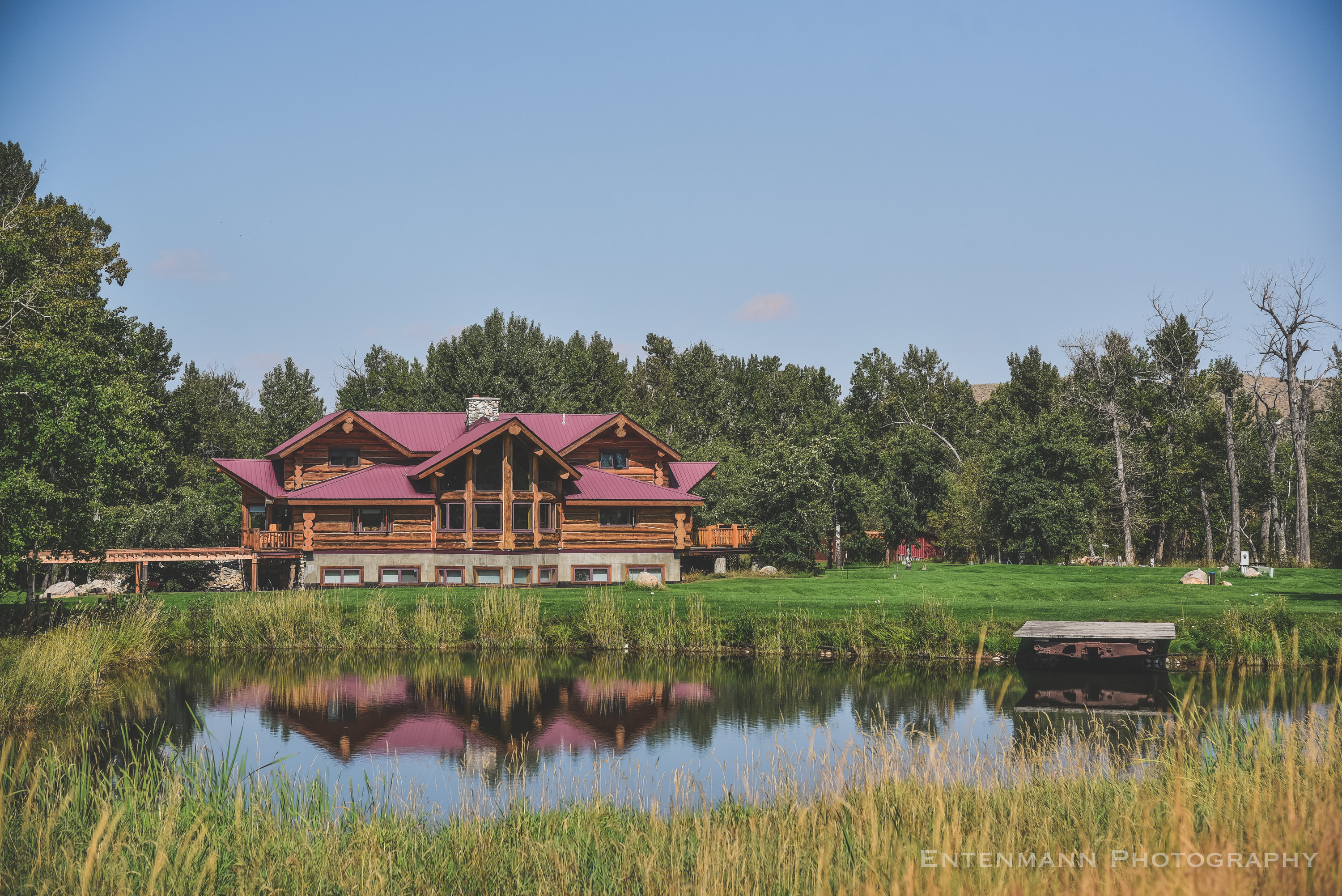Fish Species and Seasonal Hatch Patterns
Rainbow Trout - Spring: Baetis (Blue-Winged Olives) and March Browns are the key hatches. Use nymphs and emergers during this time. - Summer: Pale Morning Duns, Caddisflies, and Stoneflies dominate. Terrestrials like ants and hoppers become effective in late summer. - Fall: Blue-Winged Olives and October Caddis are prevalent. Streamers work well as fish prepare for winter. Brown Trout - Spring: Look for Blue-Winged Olives and Midges. Streamers can be effective in high water conditions. - Summer: Caddisflies, Mayflies, and Stoneflies are abundant. Brown trout often target larger prey, so don't hesitate to use bigger flies. - Fall: The fall brings on Baetis and October Caddis hatches. Browns are aggressive during spawning season, making streamers and egg patterns highly effective. Cutthroat Trout - Spring: Early season hatches include Blue-Winged Olives and Midges. Dry flies and emergers work well. - Summer: The summer months see prolific hatches of Green Drakes, PMDs, and Caddisflies. Terrestrial patterns like beetles and grasshoppers are also productive. - Fall: Fall hatches include Blue-Winged Olives and October Caddis. Cutthroat trout are more willing to rise for dries during this time. Fly Fishing Tips for Each Season Spring: - Focus on nymphing with small, dark patterns like Pheasant Tails and Zebra Midges. - Be prepared for variable water levels due to snowmelt; adjust your tactics accordingly. Summer: - Early mornings and late evenings are the best times to fish, avoiding the midday heat. - Use attractor dry flies like Royal Wulffs and Stimulators to draw strikes during terrestrial season. Fall: - Streamer fishing can be highly productive as fish bulk up for winter. - Match the hatch with smaller Baetis patterns and larger October Caddis flies. The Absarokee area offers some of the best fly fishing in Montana, with its diverse rivers and abundant fish populations. Whether you're casting on the Stillwater, Boulder, Bighorn, Shoshone or Yellowstone Rivers, you'll find plenty of opportunities to reel in a trophy trout. Plan your visit to the Montana Fly Fishing Lodge and experience the thrill of fly fishing in this beautiful region. We look forward to welcoming you! Tight Lines, For more information, please visit www.fwp.mt.gov
0 Comments
Montana Fly Fishing Lodge - Absarokee, Montana Montana Fly Fishing Lodge, nestled on the banks of the East Rosebud River in South Central Montana, is proud to be recognized as a top 3 finalist in the 2024 Orvis Fly Fishing Lodge of the Year award. In April, the lodge was honored at the annual award ceremony and dinner held in Vermont. This esteemed event celebrates the finest in outdoor leaders, operations, facilities, and customer service.. recognizing those that embody outstanding service, hospitality, and dedication to the fly fishing and wingshooting community. Read more about the 2024 Orvis-Endorsed Fly Fishing Lodge of the Year – White River Inn, in Cotter, Arkansas. "We are beyond honored to be recognized in what Orvis considers the People's Choice Award. While we were not the end choice for 2023, we were recognized as one of the top 3 out of Orvis' worldwide endorsed Lodges (almost 200). Thank you to our guests, our team (Lodge and Guides), as well as the beauty of Montana. 2024 is our year!" Lincoln and Judi Powers, Owners of Montana Fly Fishing Lodge Who We Are As proud stewards of this cherished environment, our passion goes beyond the sport itself; it's about preserving it for generations to come. For nearly a century, our family has been the custodian of the land that holds Montana Fly Fishing Lodge. Now, we blend this heritage with a dedication to exceeding your expectations in every aspect of your stay. Judi and Lincoln Powers, Owners and Host Meet Lincoln, a Navy veteran with a 35-year career in software development. From Microsoft to healthcare solutions, his journey led him to create Montana Fly Fishing Lodge, where his love for the outdoors and expertise converge. And Judi, a seasoned healthcare executive, brings her nurturing spirit to the lodge. As our head chef, she curates menus infused with local flavors and gourmet expertise, ensuring each dish is crafted with care. Situated amidst the picturesque landscapes of Absarokee, Montana Fly Fishing Lodge epitomizes exceptional hospitality and service. Owners Lincoln and Judi Powers created an environment where guests feel welcomed and at home. Their commitment to providing an unparalleled high quality experience sets the lodge apart as a beacon of excellence in the fly fishing and hospitality world. Our slogan, "no place SPEAKS 'Montana' like the ranch," is a testament to this fact. The ranch encompasses our log lodge, canvas suites, fly shop, the recreation barn filled with games, our historic bridge, 1.5 miles of East Rosebud River frontage, private trout ponds, and outdoor fire pit nooks on groomed acreage. Let’s Plan Your Visit
The 2024 season at Montana Fly Fishing Lodge kicked off with the first weekend of May, and we're now in the swing of things! The rivers are teeming with life, and it's the perfect time to book your trip and experience the magic for yourself. Kicking off the year with two Corporate Groups, among numerous seasoned anglers, was a ton of fun! Corporate groups, either client appreciation or staff appreciation, are the most fun. Usually composed of both experienced and novice fishers, the energy is always palpable...most often resulting in new fishing fanatics (special shout out to Dave W)! These groups wound up in UTV riding, spa services, cigars, and time in the rec barn! It was also fun to have one of the groups celebrating a big 40th birthday of one of its Senior Leadership team. Whether you're an avid angler or seeking a tranquil escape amidst nature's splendor, Montana Fly Fishing Lodge invites you to experience the magic for yourself. Book your stay today and discover why this exceptional lodge stands among one of the best in the industry. “Five star accommodations combined with some of the best fishing Absoroka Beartooth Wilderness. The Hosts provide a level of hospitality that is beyond the pale. This is a fishing property that shouldn't be missed.” – Dennis “Fearless” Rubin, 2023 What are you waiting for? Your adventure awaits! Stay Connected Follow our blog for the latest news, updates, and stories from Montana Fly Fishing Lodge. Connect with us on social media to share your own experiences and join the conversation. Facebook – facebook.com/montanaflyfishinglodge Instagram – instagram.com/montanaflyfishinglodge LinkedIn – linkedin.com/montanaflyfishinglodge For inquiries, reservations, or further information, please contact us at: Website – montanaflyfishinglodge.com Phone – (409) 641-1472 Email – [email protected] Thank you for being a part of our journey at Montana Fly Fishing Lodge. We look forward to welcoming you and creating unforgettable memories together. |
|




Fly Fishing Program Leadership
MT Outfitter Licenses
#6468, #45286, #23632, #36549
MT Outfitter Licenses
#6468, #45286, #23632, #36549
"No Place 'Speaks' Montana like...
The Lodge!"
Contact Info:
Montana Fly Fishing Lodge
6 Running River Way
Absarokee, MT 59001
(406)780-0015
[email protected]
montanaflyfishinglodge.com
Montana Fly Fishing Lodge
6 Running River Way
Absarokee, MT 59001
(406)780-0015
[email protected]
montanaflyfishinglodge.com
©
2024 All Rights Reserved. Montana Fly Fishing Lodge®
Terms of Use
Privacy Policy













